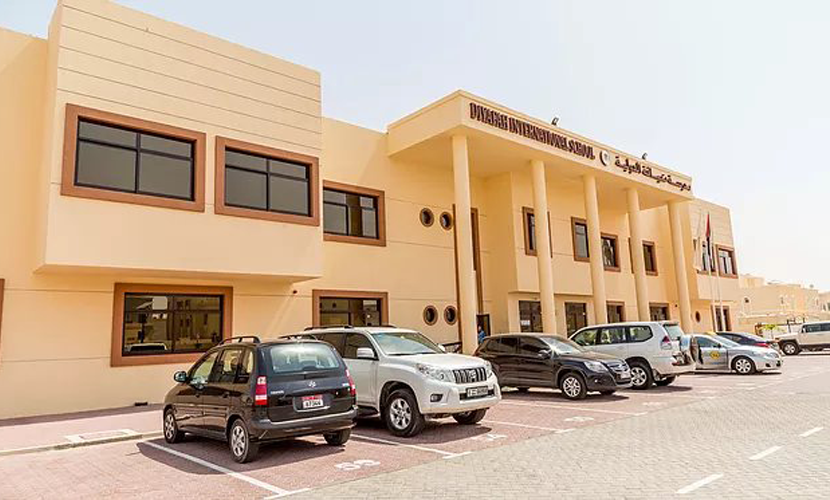
In one of my favourite reports on teaching and learning – the distinguished 2000 study of cognitive science published by John Bransford (et al.) for the US National Research Council, titled ‘How People Learn’ – there is a beautiful piece of writing about what makes for great teaching.
It is called, “Imagine Three Teachers”.
It is a very short piece and a thought experiment, describing Teachers A, B and C. Superficially, they seem pretty similar. But then you realise that although their classroom techniques are alike, their practice is very, very different.
The most effective teacher does two things brilliantly. He/she draws on the students most. And he/she invests far more meaning into the sequence of lessons they plan.
This ‘deep technique’ is far more important than simply extending the range of activities that teachers can manage in the classroom. I often see Professional Development in International Schools focus on the superficial techniques, but not the deep techniques. In fact, a teacher with quite a limited range can be much more effective, provided they get the ‘deep techniques’ right.
I have uploaded the piece on ‘Imagine Three Teachers‘ here, and the US study – which is a much bigger read – can be accessed here.
This morning, I am in Diyafah International School in Abu Dhabi and this is the second school that the Menezes family has developed. It is about 3 years old. Their first school, in Dubai, is fabulous: a low-fee school that has been running almost 35 years, where the ‘deep schooling’ effects are tangible and real. Listen to the head boy talking about his school, and what he is proud of, and he will start to weep at the very thought that this will be the year he has to leave. That is what ‘deep schooling’ does to you.
The new school is just showing signs of following a similar path. It takes time to take on the right characteristics. And right at the heart of the journey is their success, gradually, in learning how to draw on the students and the community – authentically – and to invest the deeper meaning that will make the school stand out.
It is so good to see the green shoots of this new birth…. This school is going to become every bit the match for the first.


